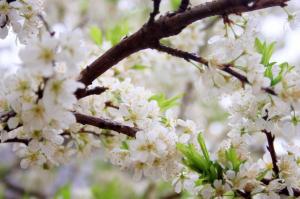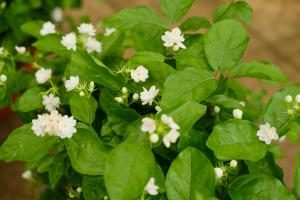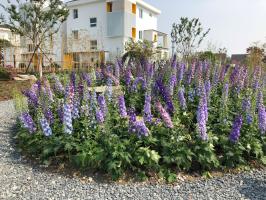When is the Best Time to Plant Weeping Willow Trees?
Are you planning to add some weeping willow trees to your landscape? Before you start digging holes and planting saplings, it's essential to understand when the best time to plant weeping willow trees is. In this article, we'll discuss the optimal timing along with some helpful tips to ensure your trees thrive.
Best Time to Plant Weeping Willow Trees
The best time to plant weeping willow trees is in late fall or early spring. These periods are ideal because the trees are dormant, and the soil is moist and warm enough to foster root growth. Experts recommend planting weeping willows in late fall, right before the ground freezes. This timing allows roots to establish themselves before the winter sets in. Early spring is another great time to plant weeping willow trees, as the trees will benefit from the increased sunlight and warmer temperatures.
Factors to Consider
While late fall and early spring are the optimal times to plant weeping willow trees, several other factors may influence your decision. For instance, if you live in a region with mild temperatures throughout the year, you can plant weeping willows at any time, provided the soil is not frozen. On the other hand, if you live in an area with extreme hot or cold temperatures, you'll need to choose a time when the soil is not too hot or cold for your trees to thrive. Additionally, you'll want to avoid planting weeping willows during periods of drought or heavy rainfall, as these conditions can stress your tree and inhibit root growth.
Preparing the Soil
Before planting your weeping willow trees, it's crucial to prepare the soil adequately. First, choose a location that receives ample sunlight and has well-draining soil. Weeping willows prefer moist but not waterlogged soil, so ensure the planting location is not prone to standing water. Second, loosen the soil to a depth of about 18 inches and till in organic matter such as compost, aged manure, or shredded leaves. This practice will help improve soil drainage and add necessary nutrients. Finally, if you're planting multiple trees, space them at least 35 to 40 feet apart to allow for their mature size.
Planting Process
Now that you've selected the ideal time and location for planting, here's what's required to plant your weeping willow trees successfully:
Dig a hole that's twice as wide as the tree's root ball and deep enough to cover the top of the root ball.
Remove any wrapping or containers from the root ball, taking care not to damage the roots.
Place the tree in the center of the hole and backfill with soil, making sure to leave no air pockets.
Water the tree thoroughly, ensuring the soil is evenly moist but not waterlogged.
Add a layer of mulch around the base of the tree to help retain moisture and prevent weed growth.
Caring for Weeping Willow Trees
After planting, caring for weeping willow trees involves ensuring they receive ample water, especially during hot weather, and maintaining their shape and size through regular pruning. Additionally, you may need to fertilize your trees occasionally, especially if you notice slow growth or yellowing leaves. With the right care, weeping willow trees can live for up to 50 years and add a striking element to your landscape.
Conclusion
Planting weeping willow trees can be a challenging process, but once you understand the ideal time and conditions required, you're on your way to a robust and long-lasting addition to your landscape. Remember, planting in late fall or early spring, preparing the soil adequately, and providing proper care will ensure your trees thrive for years to come.

 how many times do yo...
how many times do yo... how many planted tre...
how many planted tre... how many pine trees ...
how many pine trees ... how many pecan trees...
how many pecan trees... how many plants comp...
how many plants comp... how many plants can ...
how many plants can ... how many plants and ...
how many plants and ... how many pepper plan...
how many pepper plan...































